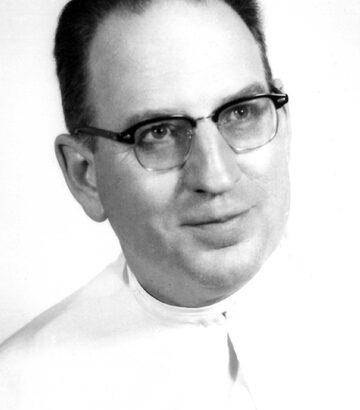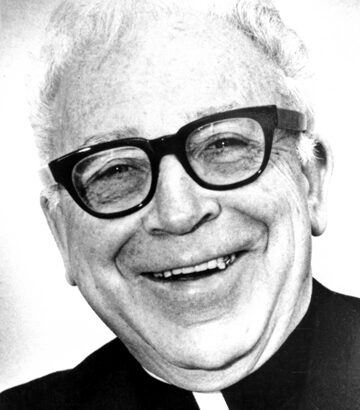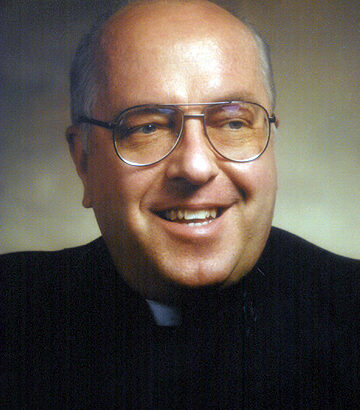By Br. Steve Herro, O. Praem.
 Maybe you have heard the expression or seen the bumper sticker, “What if they held a bake sale to fund the defense department and the schools got all the money they needed?” I am not sure who gets the credit for this clever saying, but the quip has crossed my mind quite a bit the last few weeks.
Maybe you have heard the expression or seen the bumper sticker, “What if they held a bake sale to fund the defense department and the schools got all the money they needed?” I am not sure who gets the credit for this clever saying, but the quip has crossed my mind quite a bit the last few weeks.
Earlier this spring, I read an appeal by the Dominican Center for Women. The center, founded by the Sinsinawa Domincans in 1995, is an urban ministry program in the Amani neighborhood of Milwaukee. The center seeks to raise $200,000 to test the water and purchase water filters in this low-income neighborhood. As reported: “… The 53206 ZIP code, of which the Amani neighborhood is a significant part, has more lead laterals, lead-contaminated water, and the highest number of children with elevated blood levels in Milwaukee …”
I was dumbfounded. One year ago, the story of contaminated water in Flint, Michigan, took our nation by storm:
- A: I rarely considered what was happening “behind the scenes” when I turned on the faucet to brush my teeth.
- And B: I did not tend to think of who was paying for my water to arrive from Lake Michigan to the city of De Pere.
But a recent visit to a Greater Green Bay Habitat for Humanity worksite educated me on how a city’s water moves to a homeowner’s house and how it is paid for. Most not only pay a fee to the local water utility, but also property owners must pay for the lateral water pipe that connects one’s building to the city’s system of underground water pipes.
Is there anything more basic to human life than water? Why do inner-city residents struggle with lead pipes—a worry that many of us never have to face? Why do peasants in sub-Sahara Africa suffer from drought and famine when others can install irrigation systems to water golf courses without batting an eyelash? To have to independently fundraise for clean water and lead-free pipes flies in the face of the Christian understanding of the common good.
President Donald Trump announced a draft federal budget for fiscal year 2018 on May 23, 2017. Who are the winners and losers? Sr. Donna Markham OP, president and CEO of Catholic Charities USA (CCUSA), announced:
“While CCUSA supports efforts to improve vital safety-net programs needed to move people out of poverty and protect life … cuts to anti-poverty programs such as SNAP, Medicaid and jobs training will have a devastating effect on millions of vulnerable individuals and families who depend on them.”
The budget requests an additional $469 billion for defense during the next 10 years. On the other hand, wouldn’t you rather enjoy a lemonade while visiting with a four-star general at a military bake sale?
















